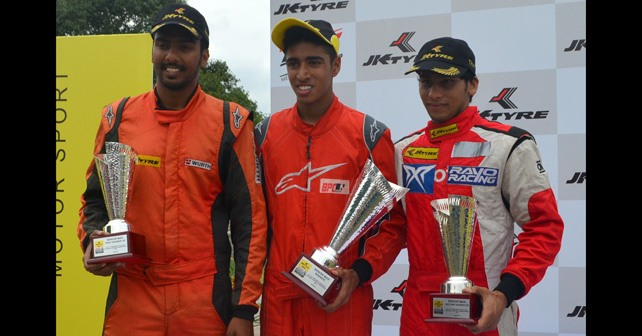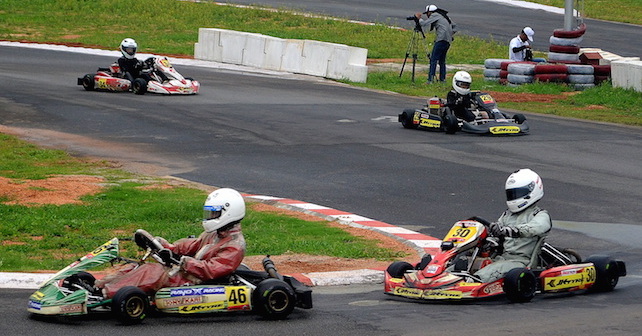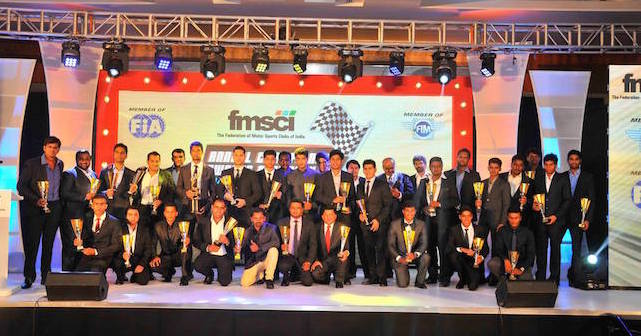National Karting Championship 2015
The advent of the new season of National Karting Championship gave us some compelling reasons to hope India will produce brighter racing talents in

The advent of the new season of National Karting Championship gave us some compelling reasons to hope India will produce brighter racing talents in the future.
Last year’s National Karting Championship finale took place at a bumpy, recreational karting track in Visakhapatnam, with conditions far from ideal for the JK Tyre sponsored series.
Fast forward to 2015 and a brand new CIK (Commission Internationale de Karting) approved track on the outskirts of Hyderabad was ready in time for the season-opener. Over 1000m in length and packed with technical corners, the Chicane Circuit provided a perfect venue to hone the skills of next generation of race stars.
Drivers were unanimous in chanting praise for the facility, with engineers and team bosses also speaking highly about the layout of the circuit. In light of this addition to the series, Rayo Racing’s founder Rayomand Banajee explained to autoX about the importance of quality of karting tracks to grow motorsport at grassroot levels in India.

“Around 10 years ago, we had a 1000m circuit in Bangalore which shut a few years later to make way for an apartment complex,’’ Banajee said. “Then, except for Coimbatore and Kolhapur, most other circuits were between 600m to 850m. Internationally most circuits are between 1000 and 1300m.
“The lack of such long circuits meant our drivers were at a slight disadvantage in their formative years. The Kartopia circuit in Bangalore has a fantastic layout. It encourages racing & has numerous overtaking spots, giving our drivers a lot of opportunities to hone their racecraft. The Chicane circuit too has some excellent overtaking spots & a few technical corners,’’ he added.
Adding quality tracks to the calendar doesn’t complete the equation. Quality and cost of machinery are equally important.
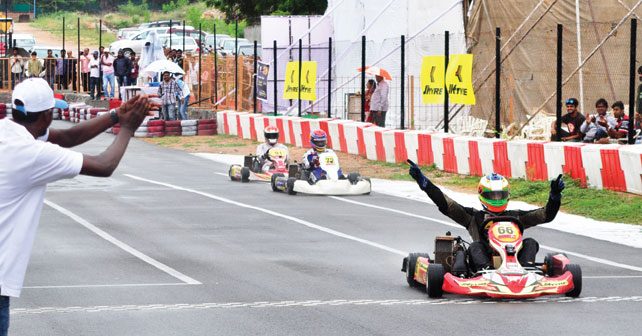
With this fact in mind, the organisers have introduced upgraded engines this year that eliminate the need of hiring specialised tuners to extract the maximum out of the karts. This is expected to decrease the cost of running the karts over time, with the benefits likely trickling down to the drivers.
Further, improved throttle application has enabled rookies to get up to speed earlier and challenge more experienced rivals. Oh, and not to forget, the new engines are noticeably louder, as pre-finals winner Mohammed Nallwalla told autoX with a big grin on his face.
A wet challenge
With the first round of the championship scheduled at the advent of the monsoon season, heavy showers left the track wet for majority of the races. Some drivers thrived in difficult conditions, while others found it hard to come to grips with reduced handling and earlier braking points.
What’s next?
It’s evident that the karting scene in India has made a step forward over last year, with upgraded engines and better tracks likely to yield faster racing drivers. However, as always, there’s scope for improvement.
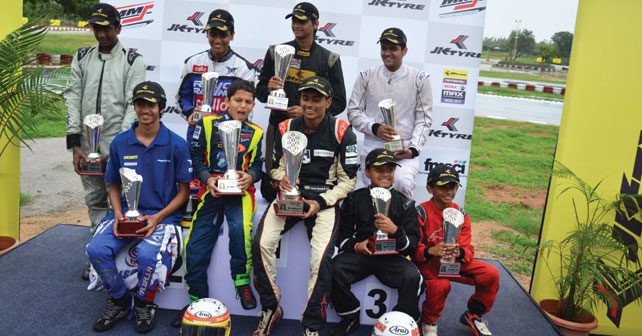
More quality karting tracks in India is the need of the hour and efforts should be made to ensure they are evenly spread across the country. France, for instance, has over 100 karting tracks that are over 1 km in length. Unsurprisingly, 71 drivers from this European country have competed in Formula 1, with Alain Prost bagging four titles in the late 80s and early 90s.
Cost of competing in motorsports is also sky high, with many drivers giving up on a career in racing owing to lack of funds. Intervention from the government in the form of reduced import duties alone can bring down the cost of competing in the sport by 20% to 25%. Higher interest by corporate sector in motor racing would be just as beneficial.



